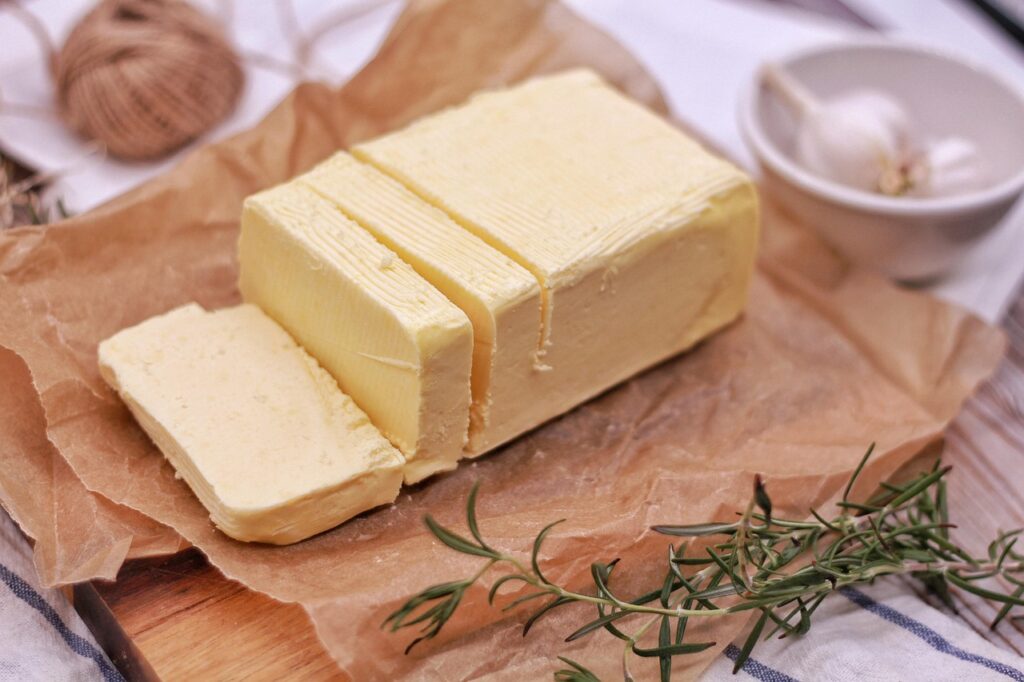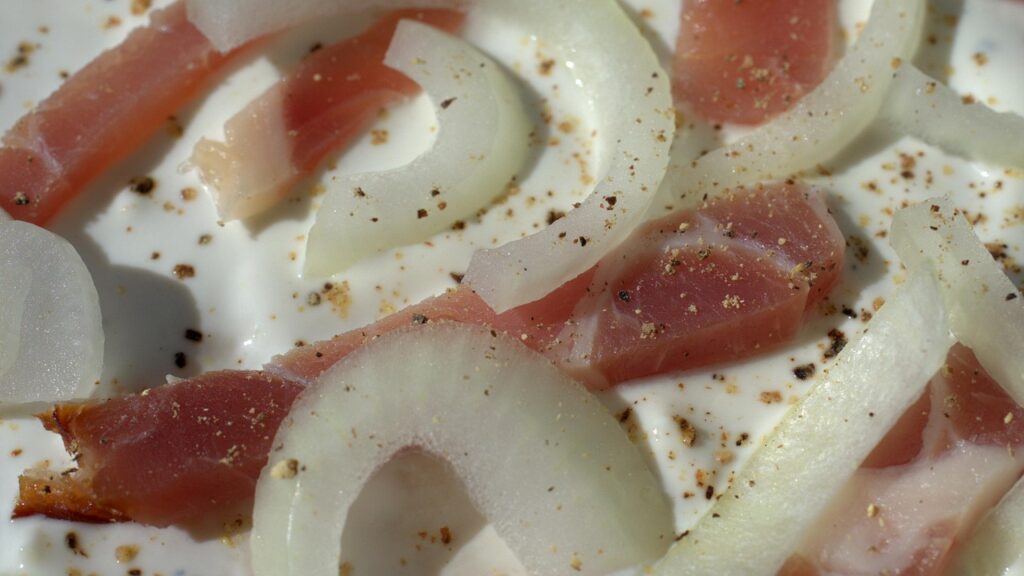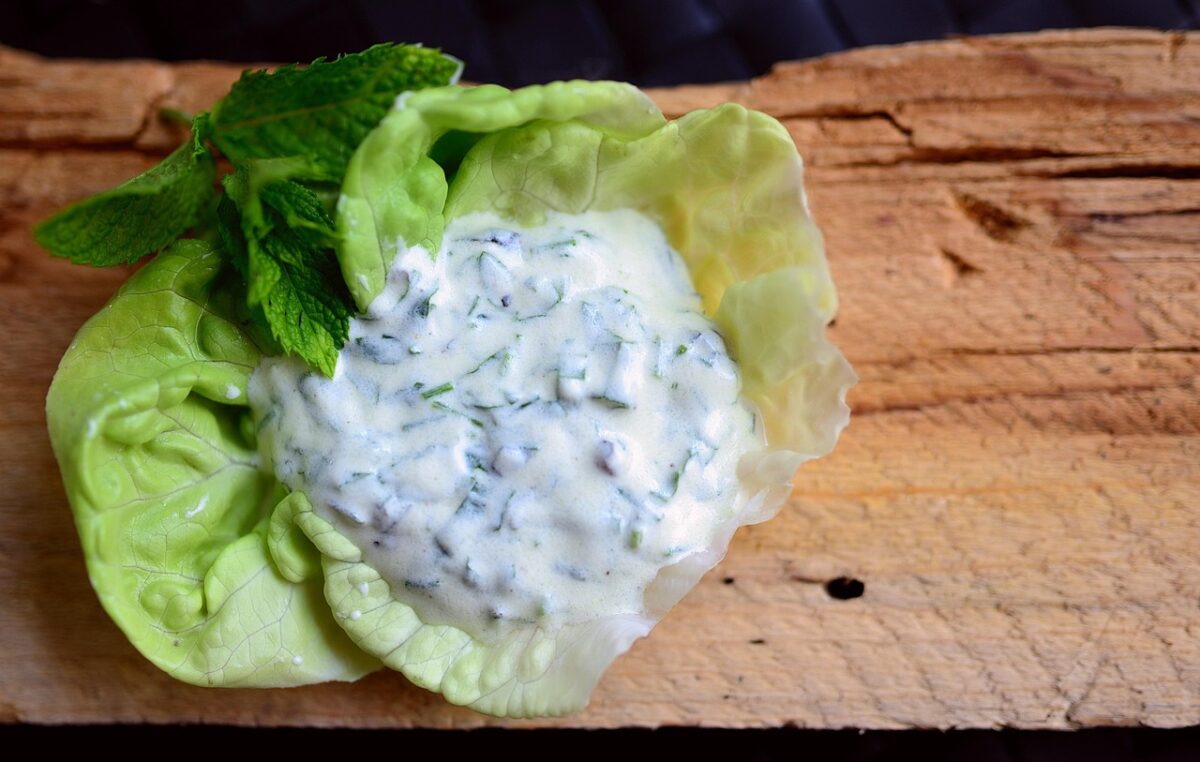Heavy cream is a staple in many kitchens, prized for its rich texture and ability to elevate both sweet and savory dishes. However, there are times when you may find yourself without it—whether due to dietary restrictions, health considerations, or simply running out. Fortunately, there are numerous substitutes available that can effectively mimic the qualities of heavy cream. This article will explore a variety of alternatives, offering practical advice on choosing the right one for your cooking or baking needs.
Quick Guide: Best Substitutes for Heavy Cream

Here’s a quick overview of some of the best substitutes for heavy cream, along with their primary uses:
- Half-and-Half: Great for coffee and soups; not suitable for whipping.
- Milk and Butter: Versatile for sauces and baking; can be whipped if chilled.
- Coconut Cream: Ideal for vegan recipes and desserts; adds a distinct flavor.
- Greek Yogurt: Perfect for dressings and dips; adds tanginess.
- Silken Tofu: Excellent for smoothies and creamy soups; neutral flavor.
- Cashew Cream: Great for sauces and desserts; requires soaking.
- Evaporated Milk: Good for cooking; has a slightly sweeter taste.
- Almond Milk with Oil: Suitable for baking; lower in calories.
How to Choose the Right Substitute
Selecting the best substitute for heavy cream depends on the dish you’re preparing and your dietary preferences. Here are some factors to consider:
- Texture: Cream is thick and adds a luscious mouthfeel. Choose substitutes that can replicate this quality.
- Flavor: Some substitutes, like coconut cream, impart distinct flavors that can enhance or alter the dish.
- Cooking Method: Consider whether the substitute will be cooked, baked, or whipped, as this can affect the outcome.
- Dietary Restrictions: Be mindful of lactose intolerance, vegan diets, or allergies when choosing a substitute.
Dairy-Based Alternatives

Dairy substitutes can closely replicate the richness of heavy cream while maintaining a familiar flavor profile. Here are some popular options:
Half-and-Half
Half-and-half is a blend of equal parts whole milk and cream, making it a convenient substitute for heavy cream in many recipes. It has a fat content of about 10-18%, which makes it suitable for adding creaminess to soups and sauces.
Best Uses: Soups, coffee, and sauces. It cannot be whipped like heavy cream.
Milk and Butter
A mixture of milk and butter can create a heavy cream substitute that works well in cooking and baking. To make this, combine three parts milk with one part melted butter. This increases the fat content to mimic heavy cream more closely.
Best Uses: Sauces, baked goods, and creamy soups. It can be whipped if chilled properly.
Greek Yogurt
Greek yogurt offers a tangy flavor and thick consistency, making it a great option for dressings, dips, and certain baked goods. To use Greek yogurt as a substitute, you can mix it with a bit of milk to reach the desired consistency.
Best Uses: Dips, dressings, and creamy pasta dishes.
Evaporated Milk
Evaporated milk is a concentrated form of milk with about 60% of its water content removed. It has a slightly sweet flavor and can add creaminess to various dishes. While it won’t whip, it works well in cooked recipes.
Best Uses: Soups, casseroles, and desserts.
Non-Dairy and Vegan Options
For those following a vegan diet or with lactose intolerance, there are several non-dairy substitutes for heavy cream that can be used effectively in cooking and baking.
Coconut Cream
Coconut cream is made from the flesh of coconuts and is an excellent vegan substitute for heavy cream. It is rich and thick, making it suitable for desserts and creamy sauces. Be aware that it has a distinct coconut flavor, which may not be appropriate for all dishes.
Best Uses: Desserts, smoothies, and curries.
Silken Tofu
Silken tofu can be blended into a smooth consistency, making it a versatile heavy cream substitute. It adds protein and a creamy texture without dairy. This option is especially useful in smoothies, soups, and sauces.
Best Uses: Smoothies, creamy soups, and desserts.
Cashew Cream
Cashew cream is created by soaking cashews in water and then blending them until smooth. This rich, creamy alternative is perfect for sauces and desserts. It requires a little preparation but is well worth the effort.
Best Uses: Sauces, soups, and desserts.
Almond Milk with Oil
Combining almond milk with a bit of oil can create a lighter alternative to heavy cream. This mixture is lower in calories and can be used in baking and cooking, though it won’t whip like heavy cream.
Best Uses: Baking, sauces, and light soups.
Low-Fat and Healthier Substitutes

If you’re looking for a lighter option, several substitutes can provide creaminess without the full fat content of heavy cream.
Low-Fat Milk and Cornstarch
Mixing low-fat milk with cornstarch can thicken the milk and give it a creamier texture. Use one tablespoon of cornstarch per cup of low-fat milk, and heat until thickened.
Best Uses: Creamy soups and sauces.
Buttermilk
Buttermilk is tangy and can add flavor to baked goods while providing moisture. It’s a good option for pancakes and cakes but won’t work in recipes requiring whipped cream.
Best Uses: Baking, pancakes, and dressings.
Heavy Cream Substitutes for Cooking vs. Baking
Understanding the differences in how substitutes perform in cooking versus baking is crucial for achieving the best results.
Cooking Applications
For savory dishes, substitutes like half-and-half, Greek yogurt, and evaporated milk work well. They maintain the dish’s integrity while providing creaminess. Coconut cream is also a great addition to curries and sauces, whereas silken tofu can enhance soups and dips.
Baking Applications
In baking, moisture is key, so options such as milk and butter, Greek yogurt, and buttermilk are preferable. These substitutes can help achieve the desired texture and flavor without compromising the final product. Cashew cream and almond milk with oil can also be used, keeping in mind that they may yield slightly different results compared to heavy cream.
Tips for Using Substitutes Successfully

When substituting heavy cream, keep the following tips in mind to ensure the best results:
- Adjust Ratios: Depending on the substitute, you may need to adjust the ratios. For example, using Greek yogurt may require thinning it with milk.
- Temperature Matters: Some substitutes work better when chilled, especially those intended for whipping.
- Taste Test: Always taste your dish as you go, especially when using flavored substitutes like coconut cream or cashew cream.
- Experiment: Don’t hesitate to mix and match substitutes to find the perfect balance for your dish.
Whether you’re out of heavy cream or looking for a healthier or vegan alternative, there are plenty of substitutes available to suit your cooking and baking needs. By understanding the characteristics of each option, you can confidently choose the right one for your recipes, ensuring delicious results without compromising on taste or texture.
